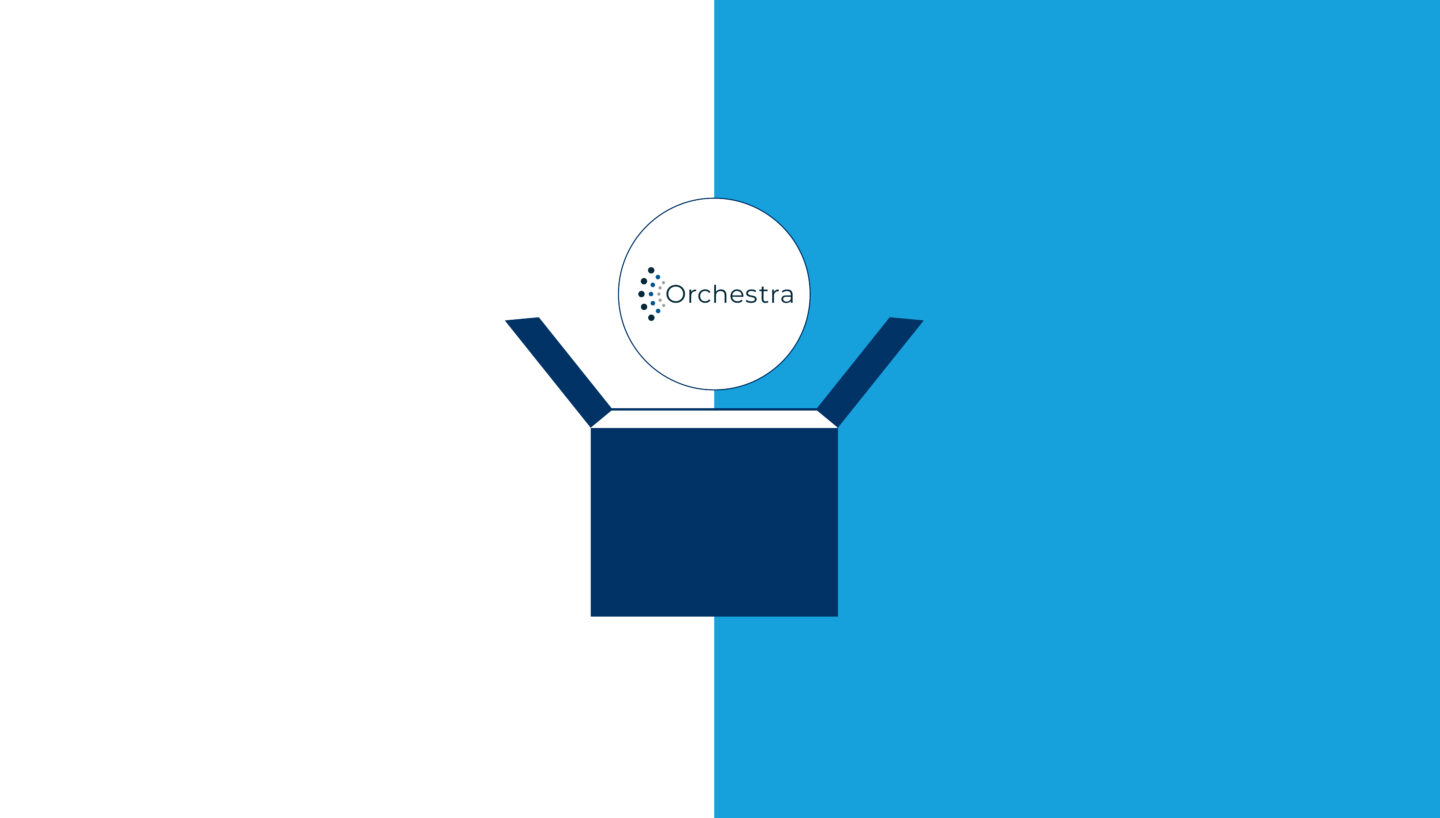Orchestra OT
Industry 4.0 in your hands
Orchestra designs
efficient processes in the OT
Orchestra connects your shopfloor systems with IT. With the low-code platform, you configure use cases for data acquisition and processing from machines and production systems. These can be seamlessly integrated into value-adding processes. Bidirectional communication with IT systems such as the MES system or the ERP system is part of our standard feature set.
Connecting Industries
Plug & Produce
One partner, one platform
The low-code platform Orchestra uses identical runtime and interfaces for OT, IT and Edge. As a user, you quickly get used to the touch and feel and can easily apply what you learn to automation tasks in all areas of the company.
OPC-UA: The whole spectrum
Orchestra supports the classic data access but also the historical data access, methods, subscriptions, events, alarms and conditions and provides its own server. You can read Companion Specification files into this server or build your own information models in the Address Space. In addition to OPC-UA, we also support a variety of PLCs and other store floor protocols such as Siemens S7, Modbus, TCP, AMQP, MQTT, MT-Connect, RS232 and many more.
Configurable at runtime
In many cases, for example, it is necessary to read several data points together in order to correctly interpret the machine status or other parameters. The knowledge of this is usually in the heads of your business departments. Orchestra and the Orchestra Companion-Specification / Asset Adminsitration shell solution can therefore be configured at runtime. We provide an application programming interface for this (for example, REST). Orchestra adapts to the needs of your organization without the need to involve IT. This significantly simplifies communication and everyday project work.

Full interoperability with IT
The Orchestra OT solution is fully compatible and interoperable with IT and edge solutions. Start Small, Think Big is easier to live with. In everyday projects, you often start with a proof-of-concept. You will quickly realize the advantages of Orchestra and want to use low-code more often. If domains or network boundaries have to be crossed, this is easy with Orchestra. All information in one environment is available to all other connected environments after connection.
What our customers say
With Orchestra, we have a central, efficient interface at the field level with which we can access all heterogeneous data in a data point based on rules and distribute it to subsystems. Orchestra thus enables us to work efficiently with production data in a load-balanced manner.
Technical advantages
Rica Holzmann

